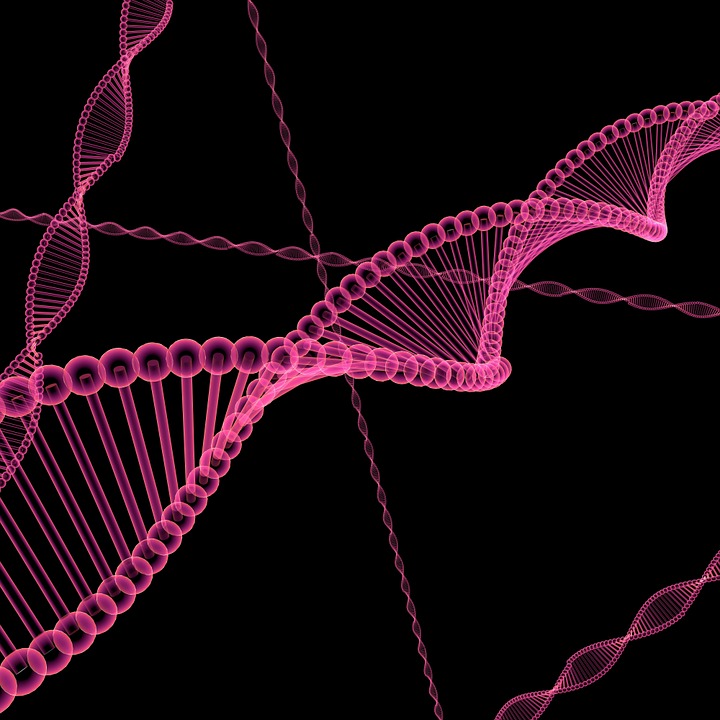The central dogma of molecular biology explains that genetic information is first converted from DNA to RNA, and this RNA is further used by the cell to make proteins. For a long time, molecular biologists believed that this flow of information from DNA to proteins was unidirectional, but the thought was later amended after the Reverse Transcriptase (RT) enzyme was discovered.
This RT enzyme allowed for the synthesis of DNA (more stable) from RNA (less stable), and because of this property, it has been hypothesized that this enzyme must have played a catalytic role in the transition from a prehistoric RNA world that mainly used RNA as the source of genetic information to the modern world of DNA, which now serves as the genetic blueprint for major life forms on Earth.
Image Source: Agence Photographique BSIP
The discovery of the RT enzyme also had other major implications that led to the advancement of molecular biology. However, as the enzyme’s ability to transform RNA to DNA has been harnessed, its limitations have also become clear to the scientific community. The RT process is extremely error-prone, and this infidelity raises concerns due to the possibility of misinterpreted data leading to a large margin of error in scientific studies.
This property of RT enzymes is in stark contrast with DNA polymerase enzyme’s high-fidelity proofreading function that allows it to synthesize identical DNA molecules with great accuracy. Therefore, in order to determine whether the RT enzyme’s lack of proofreading ability was an evolutionary coincidence or a functional limitation of the reverse transcription process, scientists at the University of Texas, Austin decided to evolve a DNA polymerase synthetically that could use RNA molecules efficiently. They hypothesized that if this synthetic enzyme were able to successfully carry out its function while displaying sufficient proofreading ability, the experiment would show that the RT enzyme’s lack of proofreading ability was due not to a physical limitation because of the enzyme’s structure, but due to a historical, evolutionary coincidence.
The new enzyme that was developed by the UT Austin researchers in the study was termed as the “Reverse Transcription Xenopolymerase (RTX).” Similar to earlier RT enzymes, it could perform reverse transcription, but in addition, it could also proofread. Because of its proofreading ability, an RTX enzyme can lead to results that may be up to 10 times as accurate as was possible before.
The importance of this discovery lies in its ability to improve RNA sequencing. “Without the ability to faithfully read RNA,” said Jared Ellefson, a postdoctoral fellow in UT Austin, “we cannot accurately determine the inner workings of cells. These errors can lead to misleading data in the research lab and potential misdiagnosis in the clinical lab.” As the world is moving forward towards an age of personalized medicine, this discovery is going to be even more significant over time as reliance on genetic information increases.
Feature Image Source: Peggy Marco










